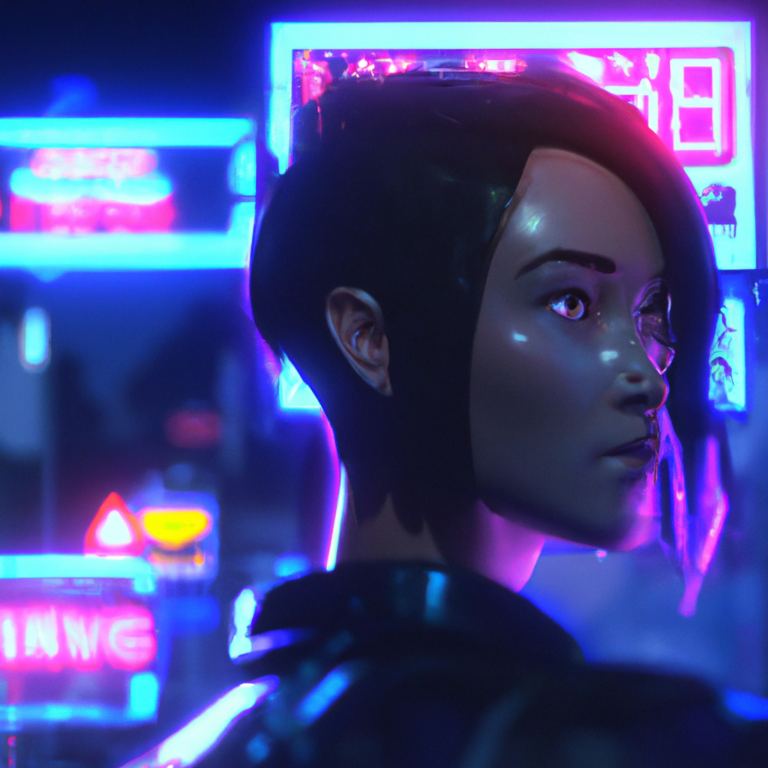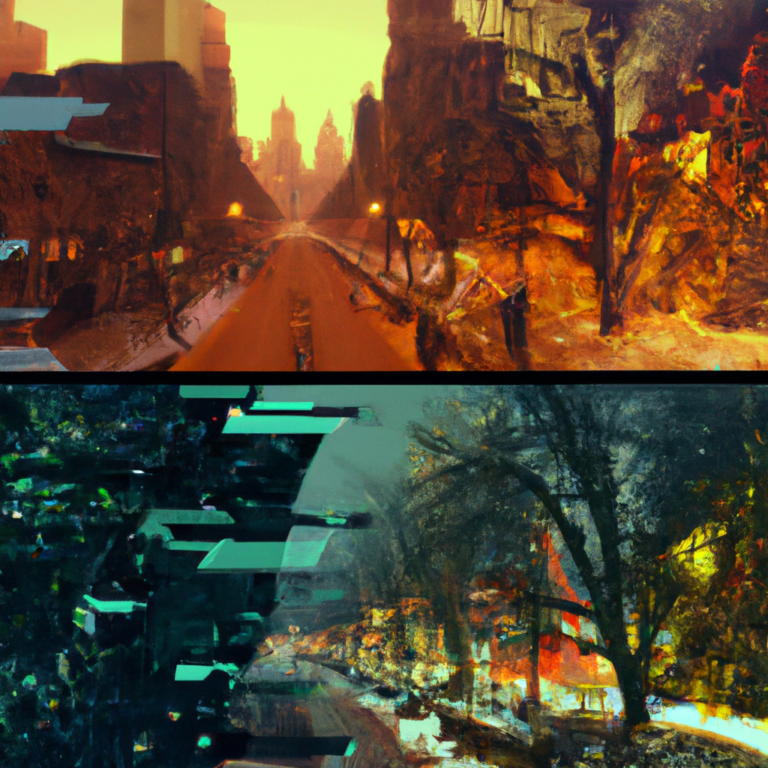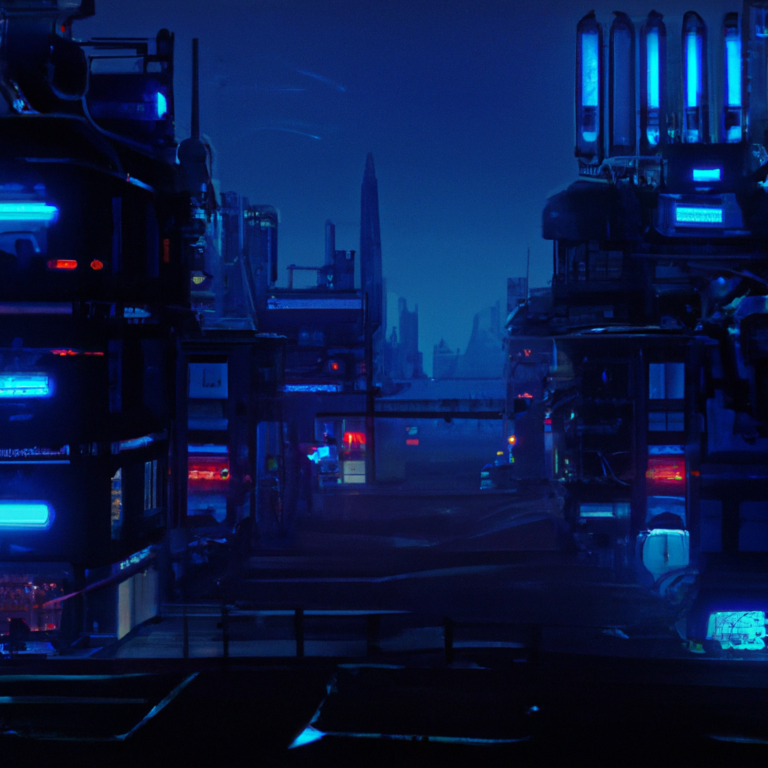“Game Design 101: A Step-by-Step Guide for Beginners”
Game design is a fascinating and multifaceted field that can bring a lot of joy and creativity into your life. But if you’re new to it, it can also feel overwhelming and intimidating. Where do you start? What skills do you need? What tools should you use?
In this beginner’s guide to game design, we’ll answer these questions and more, providing you with the knowledge and resources you need to start making your own games.
1. Learn the basics of game design
The first step in becoming a game designer is to understand what game design actually is. Game design is the process of creating the rules, mechanics, and goals of a game. It involves elements such as character design, level design, storytelling, and more.
To get started, research game design and read books on the subject. You can also check out online courses or videos that cover the basics. It’s important to have a solid understanding of the principles of game design before you start creating your own game.
2. Choose your game engine
Once you have a good understanding of game design, you’ll need to choose a game engine to create your game. A game engine is a software platform that provides you with the tools you need to develop your game. There are many game engines available, from beginner-friendly ones like Construct and GameMaker to more complex engines like Unity and Unreal Engine.
Research the pros and cons of different game engines, and choose the one that suits your skill level and the type of game you want to create.
3. Create a game concept
Before you start building your game, you need to come up with a concept. A game concept is a high-level description of what your game will be about. It should include elements like the setting, characters, gameplay mechanics, and goals.
Take some time to brainstorm different game concepts, and choose the one that excites you the most. You can also get feedback from friends and colleagues to help you refine your idea.
4. Develop your game
Once you have a game concept, it’s time to start developing your game. This involves creating the levels, characters, and assets that will be used in your game. You’ll also need to program the gameplay mechanics and test your game to make sure it’s fun and engaging.
Don’t be afraid to experiment and iterate as you develop your game. Game development is a process of trial and error, so be prepared to make changes and adjustments along the way.
5. Launch and market your game
Once your game is complete, it’s time to launch it and share it with the world. There are many platforms you can use to distribute your game, from app stores like Google Play and the App Store to indie game marketplaces like itch.io.
To market your game, you’ll need to create a trailer, build a website, and promote your game on social media. You can also reach out to game journalists and bloggers to get coverage for your game.
Game design is a challenging and rewarding field that can bring your creative ideas to life. By following this beginner’s guide to game design, you’ll have all the tools you need to start creating your own games. Good luck, and happy game designing!






